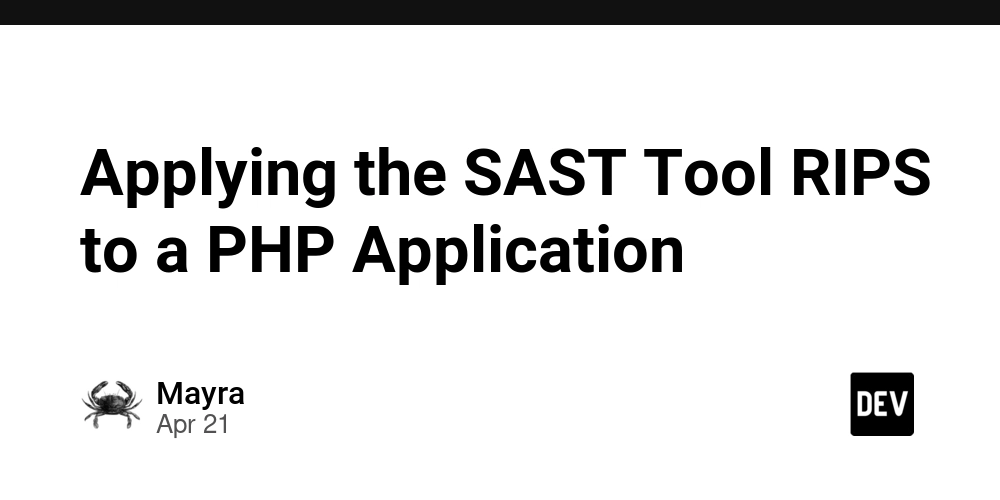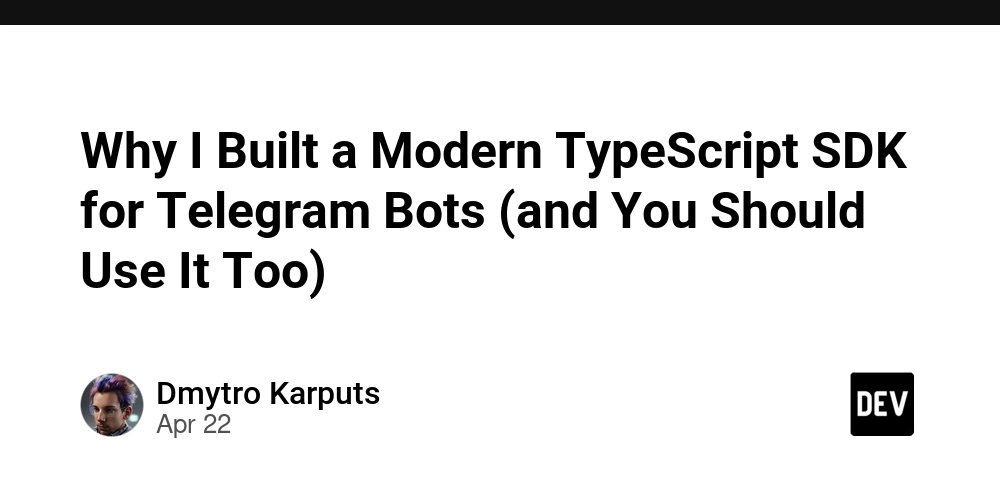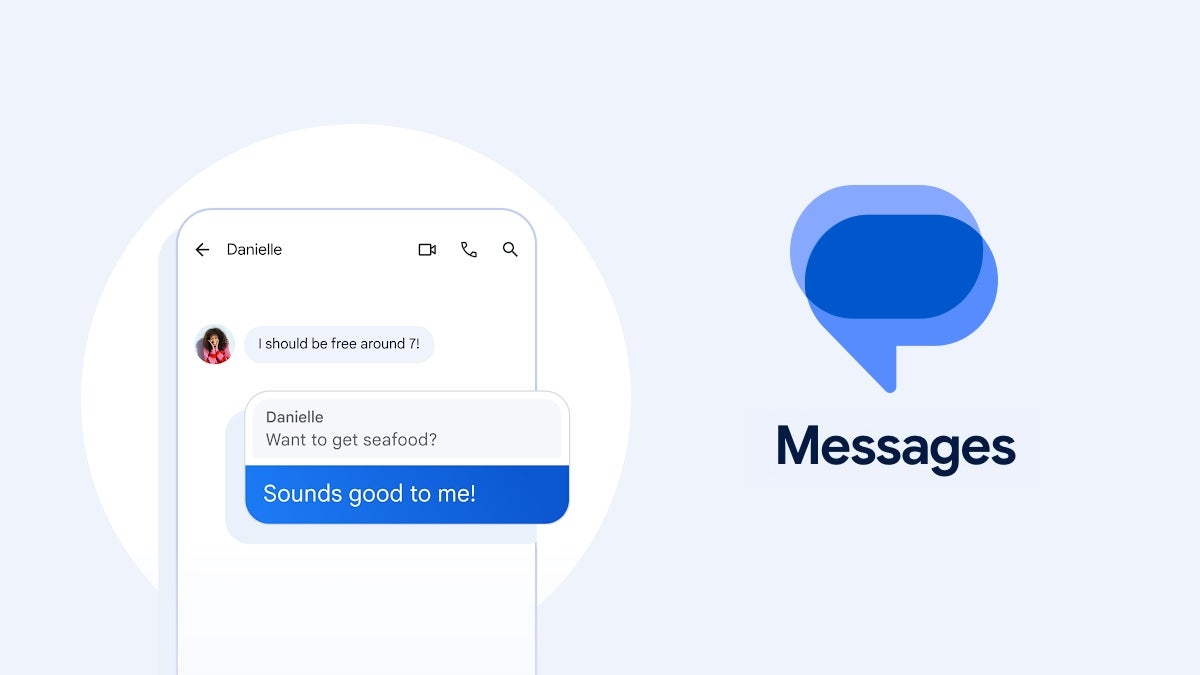Applying the SAST Tool RIPS to a PHP Application
In secure software development, static application security testing (SAST) is a crucial technique for identifying vulnerabilities before an application reaches production. This article demonstrates the application of the RIPS Code Analysis tool on a small PHP web application to identify potential security risks through automated analysis. What is RIPS? RIPS (Real-time Intrusion Prevention System) is a tool specialized in analyzing PHP source code. It is widely recognized for its ability to detect vulnerabilities such as SQL injections, XSS, CSRF, file inclusion, and other common errors in PHP applications. RIPS analyzes data flow and code structure to pinpoint potential attack vectors. Although RIPS has been acquired by SonarSource, the free version is still available and valid for academic or testing purposes. Installation and Use of RIPS (Free Version) For this article, the free version of RIPS was used, which can be run locally through a browser. The following steps were followed: Download the ZIP file from a reliable repository (e.g., GitHub: RIPS). Extract the files to a local server (XAMPP, WAMP, or any PHP environment). Access it through the browser at the local path, for example: http://localhost/RIPS/ 4.Select the PHP source code directory you wish to analyze. PHP Application Below is the PHP code used for the analysis: This code appears harmless, but it has a security issue: the content displayed comes directly from the user (via $_GET) and is not validated. What Does RIPS Detect in This Code? When analyzing this file with RIPS, it reports: ⚠️ Cross-Site Scripting (XSS): Since we are displaying something from the user ($name) without validating it, an attacker could enter: http://localhost/greeting.php?name=alert('Hacked') This would trigger a popup on the page, demonstrating that the site is vulnerable. How to Fix It? One way to fix this issue is by using htmlspecialchars() to sanitize the input before displaying it: With this change, if someone tries to inject code, the browser will not execute it. Conclusion RIPS is a useful and easy-to-use tool for finding security flaws in PHP code. In this case, it helped us identify that we were displaying user input without validation, which could be dangerous. Thanks to RIPS's analysis, we were able to fix the Cross-Site Scripting (XSS) issue and make our application more secure.

In secure software development, static application security testing (SAST) is a crucial technique for identifying vulnerabilities before an application reaches production. This article demonstrates the application of the RIPS Code Analysis tool on a small PHP web application to identify potential security risks through automated analysis.
What is RIPS?
RIPS (Real-time Intrusion Prevention System) is a tool specialized in analyzing PHP source code. It is widely recognized for its ability to detect vulnerabilities such as SQL injections, XSS, CSRF, file inclusion, and other common errors in PHP applications. RIPS analyzes data flow and code structure to pinpoint potential attack vectors.
Although RIPS has been acquired by SonarSource, the free version is still available and valid for academic or testing purposes.
Installation and Use of RIPS (Free Version)
For this article, the free version of RIPS was used, which can be run locally through a browser. The following steps were followed:
- Download the ZIP file from a reliable repository (e.g., GitHub: RIPS).
- Extract the files to a local server (XAMPP, WAMP, or any PHP environment).
- Access it through the browser at the local path, for example:
http://localhost/RIPS/
4.Select the PHP source code directory you wish to analyze.
PHP Application
Below is the PHP code used for the analysis:
This code appears harmless, but it has a security issue: the content displayed comes directly from the user (via $_GET) and is not validated.
What Does RIPS Detect in This Code?
When analyzing this file with RIPS, it reports:
⚠️ Cross-Site Scripting (XSS): Since we are displaying something from the user ($name) without validating it, an attacker could enter:
http://localhost/greeting.php?name=
This would trigger a popup on the page, demonstrating that the site is vulnerable.
How to Fix It?
One way to fix this issue is by using htmlspecialchars() to sanitize the input before displaying it:
With this change, if someone tries to inject code, the browser will not execute it.
Conclusion
RIPS is a useful and easy-to-use tool for finding security flaws in PHP code. In this case, it helped us identify that we were displaying user input without validation, which could be dangerous.
Thanks to RIPS's analysis, we were able to fix the Cross-Site Scripting (XSS) issue and make our application more secure.









































































































































































![[The AI Show Episode 144]: ChatGPT’s New Memory, Shopify CEO’s Leaked “AI First” Memo, Google Cloud Next Releases, o3 and o4-mini Coming Soon & Llama 4’s Rocky Launch](https://www.marketingaiinstitute.com/hubfs/ep%20144%20cover.png)



































































































































![From fast food worker to cybersecurity engineer with Tae'lur Alexis [Podcast #169]](https://cdn.hashnode.com/res/hashnode/image/upload/v1745242807605/8a6cf71c-144f-4c91-9532-62d7c92c0f65.png?#)























![BPMN-procesmodellering [closed]](https://i.sstatic.net/l7l8q49F.png)



















































































.jpg?#)
.jpg?#)
.jpg?#)

































































































































![CarPlay app with web browser for streaming video hits App Store [U]](https://i0.wp.com/9to5mac.com/wp-content/uploads/sites/6/2024/11/carplay-apple.jpeg?resize=1200%2C628&quality=82&strip=all&ssl=1)
![What’s new in Android’s April 2025 Google System Updates [U: 4/21]](https://i0.wp.com/9to5google.com/wp-content/uploads/sites/4/2025/01/google-play-services-3.jpg?resize=1200%2C628&quality=82&strip=all&ssl=1)













![Apple Releases iOS 18.5 Beta 3 and iPadOS 18.5 Beta 3 [Download]](https://www.iclarified.com/images/news/97076/97076/97076-640.jpg)
![Apple Seeds visionOS 2.5 Beta 3 to Developers [Download]](https://www.iclarified.com/images/news/97077/97077/97077-640.jpg)
![Apple Seeds tvOS 18.5 Beta 3 to Developers [Download]](https://www.iclarified.com/images/news/97078/97078/97078-640.jpg)
![Apple Seeds watchOS 11.5 Beta 3 to Developers [Download]](https://www.iclarified.com/images/news/97079/97079/97079-640.jpg)
































































































































